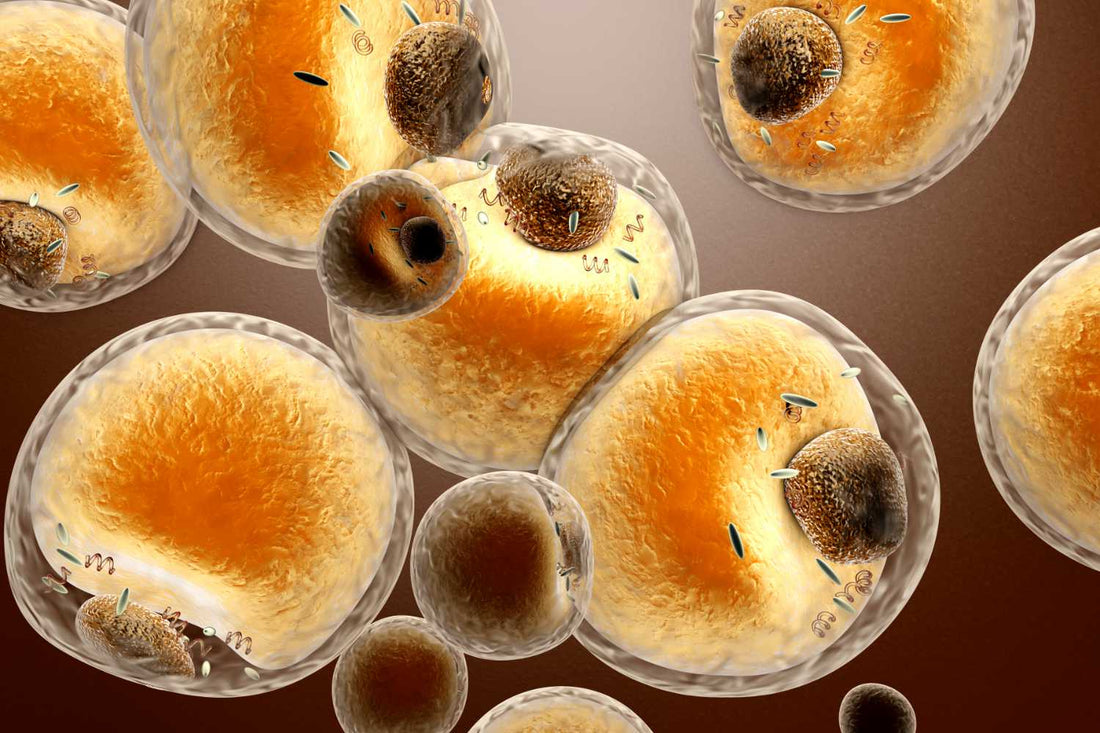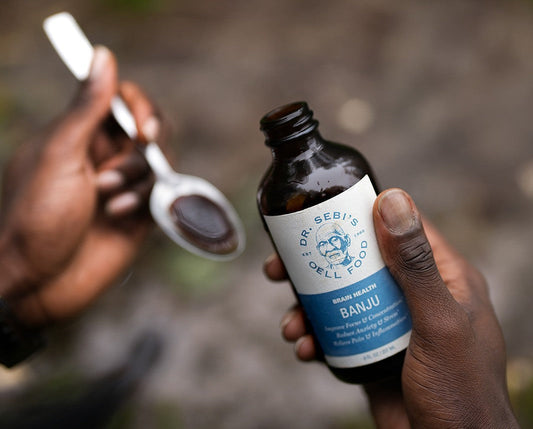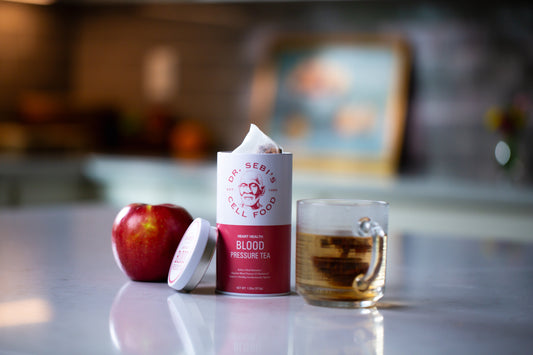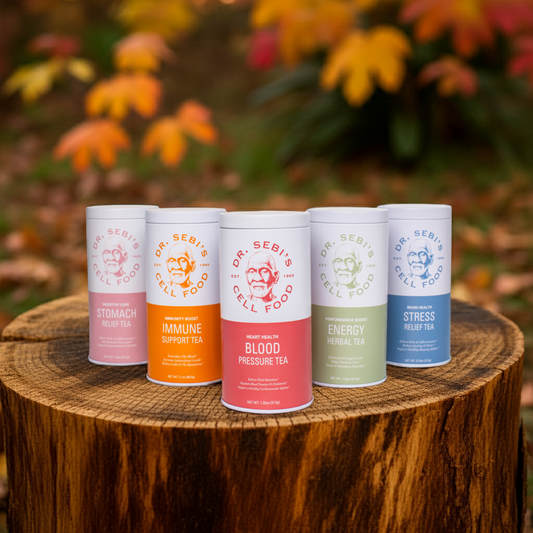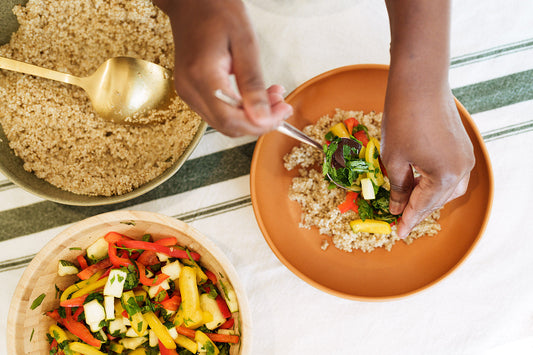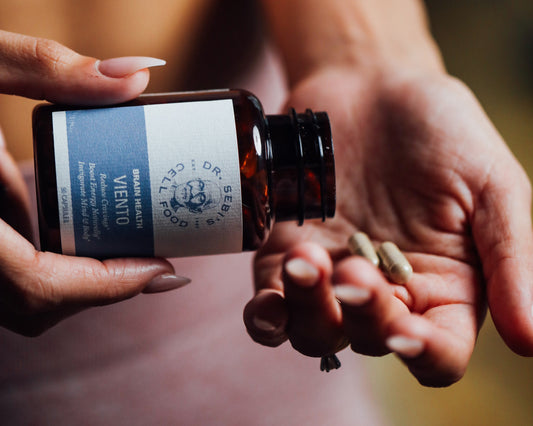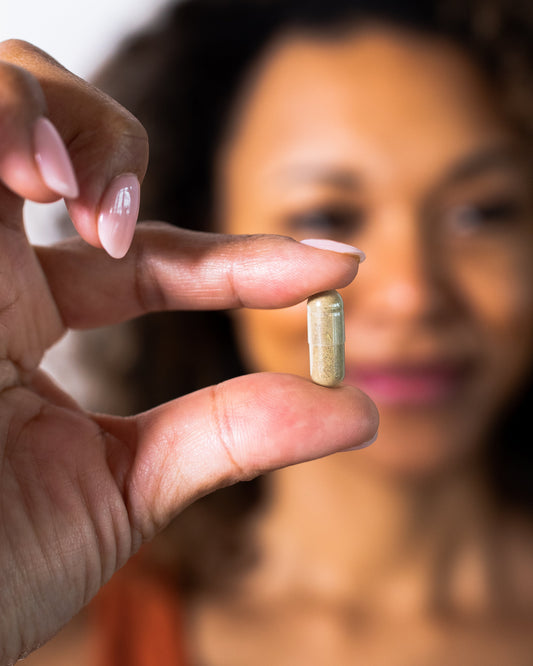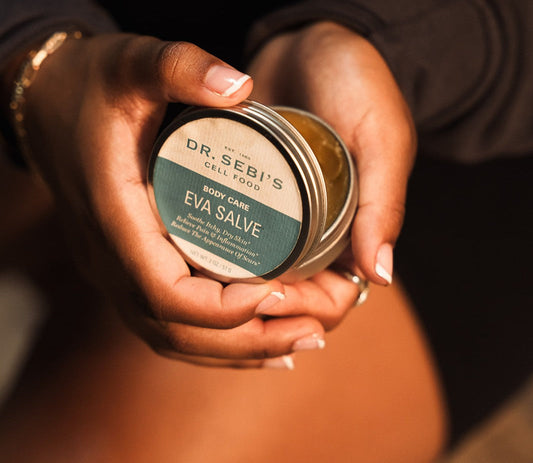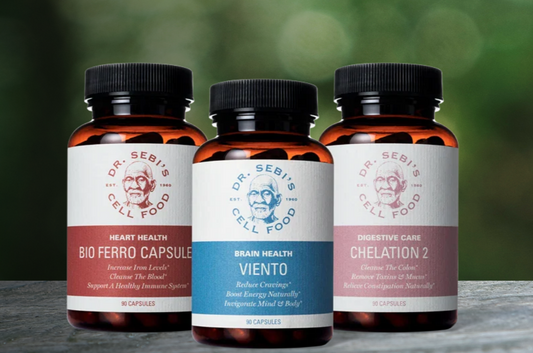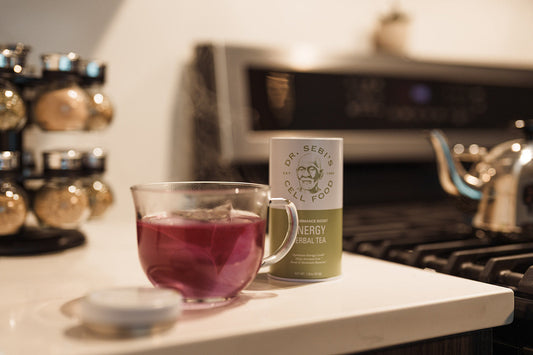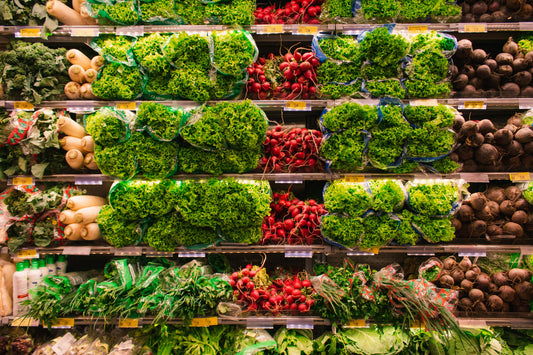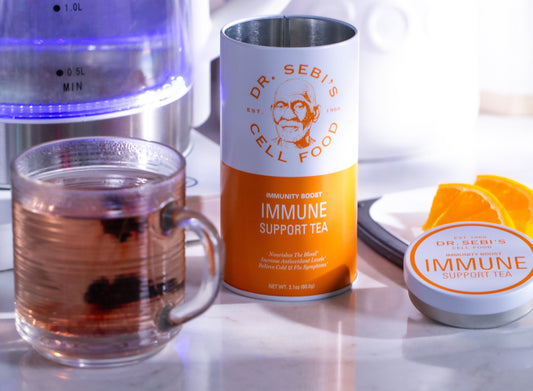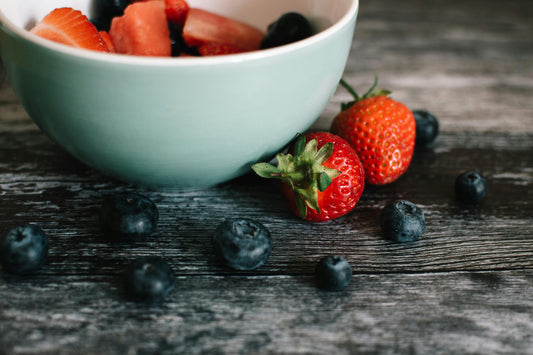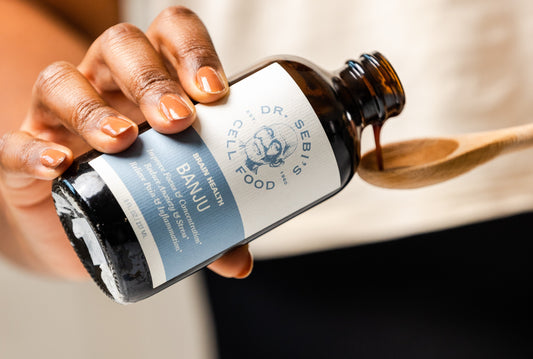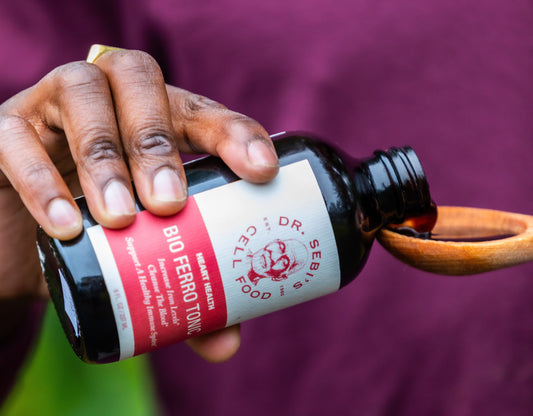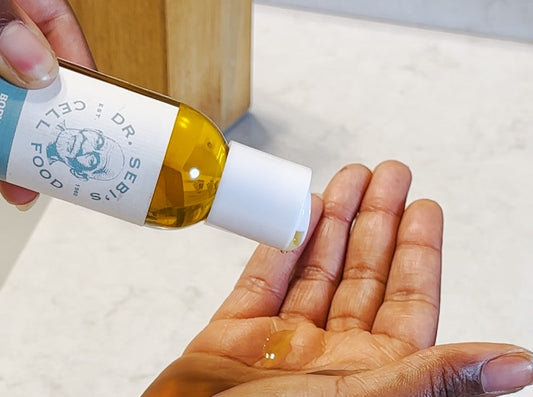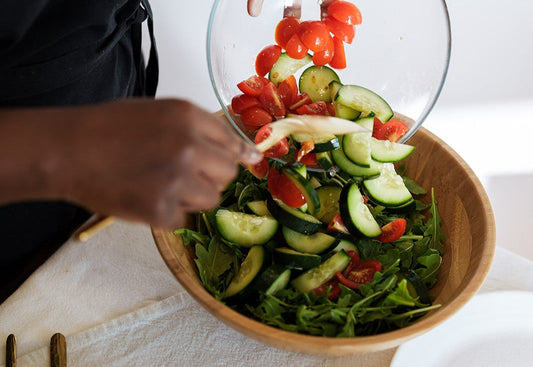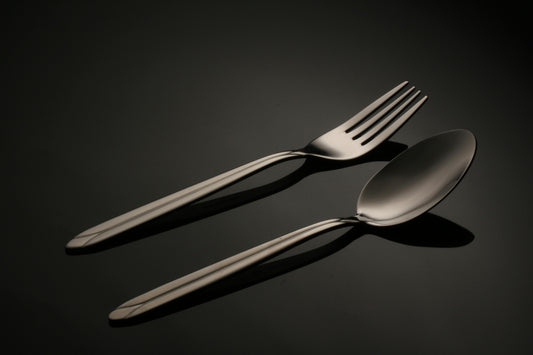Since 1975, worldwide obesity has tripled, and 40% of adults are now overweight. Counting Calories has been the primary weight-loss strategy for the last century, but it simply does not work.
Discover the real value of food, our secret source of energy, and successful strategies to naturally slim down.
Dr. Sebi’s Green Food Plus and Viento create a powerful oxygenating, nourishing, and energizing duo; able to fill you up with the natural nutrition your body craves so much more than empty calories.
Why we count Calories
French engineers and chemists coined the term ‘calorie’ over 200 years ago. One calorie is the amount of energy needed to heat one kilogram (2 pints) of water by one degree Celsius (2oF). Using calories to measure the energy from food became popular shortly after the First World War.
Post-war rationing, plus social pressure from the fashion industry, were co-opted into nutritional advice. Women were told ‘thin is in’ and their ‘pangs of hunger’ helped children survive post-war famine while some doctors promoted cigarettes to aid ‘healthy’ weight loss.
Quality & Calories
Using Calories to quantify food would make sense if the body was a ‘furnace’, but it’s not. Coal provides 7 Calories per gram and gasoline provides 13 Calories per gram, but they’re completely inedible. Meanwhile, coconut oil delivers 9 Calories per gram. So what’s the difference?
Your body creates energy by combining oxygen with nutrients from your food. This process of oxygenation to release energy is much more complex than simply ‘burning’ (oxidizing) food—which is how Calories are calculated in the laboratory for food labels. Your body does not ‘burn’ food—you digest, dismantle, absorb, and assimilate food into your body.
“You don’t have to eat less. You just have to eat right.” – Dr. Sebi
Energy Efficiency
Your body can use a variety of energy sources, in several different ways. Typically we breathe in sufficient oxygen to make 38 units of bio-energy (called ATP) per gram of carbohydrate (e.g. 1g of dates).
When jogging, for example, we use up energy faster than we can get oxygen in. Fortunately, the body has a backup mechanism for making energy without oxygen (called anaerobic respiration). When oxygen levels are low, or when we’re out of breath, we can still make bio-energy (ATP), but much less efficiently. Only 2 units of ATP per gram of carbohydrate—that’s 19 times less efficient!
Acid & Inflammation
Producing energy without enough oxygen creates lactic acid – this acidic overload can sometimes be felt like a ‘charley horse’ e.g. after sprinting. Making energy without oxygen is only meant to be temporary, while we run away from danger.
Stress, air pollution, inflammation, toxicity, and poor breathing habits are reducing our oxygen levels. This means instead of efficiently producing energy, we are wasting it and producing excess acid instead. This acid damages the cell's ability to produce energy (in the mitochondria), making the problem even worse.
Empty Calories
Nutritional science is finally moving away from the misnomer that all calories are ‘equal’ in their nutritional value. Weight for weight, avocado, and sugar-coated donuts have the same number of calories, but it should be obvious that their health effects are very different!
Calories are an outdated concept perpetuated by industries whose bottom lines benefit from their customer’s overindulgence. The true value of food comes from the quality and usefulness of the ingredients. Your body needs ‘energizing’ nutrients (e.g. carbohydrates, fats, and oxygen) and ‘optimizing’ nutrients (e.g. minerals, anti-oxidants, flavonoids) to drive biological processes.
“Learn the foods with high element properties in order to save your health and your body.” – Dr. Sebi
Anti-Nutrients vs Natural-Nutrition
Naturally, we are drawn to nutritious food; the bright colors of berries; the sweet scent of fresh fruit; the taste and textures of vegetables. Unfortunately, these instinctive desires have been hijacked by the food industry. Artificial colors, smells, tastes, textures, and flavor enhancers trick our nutritional guidance system into making ‘wrong turns’.
A lack of natural nutrition drives over-eating because even when we’re full of food, our nutritional needs have not been met. Malnutrition drives appetite and the number of calories you eat is essentially irrelevant. Drinking 250ml of coconut oil would technically give you enough energy for the day, but it lacks the spectrum of micronutrients, energy, and fiber—plus you’d feel quite emotionally deprived if that was your daily diet.
Nutritional Guidance System
Dr. Sebi discovered that only a small percentage of our food was truly natural. The foods in Dr. Sebi’s Nutritional Guide will support your nutritional guidance system to make the correct choices for your health and get the natural nutrients you need.
Our bodies are often so malnourished, even when overweight or obese, that our guidance systems are distorted—driving us to binge, crave, and eat unhealthy foods that cause weight gain.
- Dr. Sebi’s Green Food Plus restores the essential micronutrients needed to satisfy your appetite and keep you truly nourished.
- Dr. Sebi’s Viento helps your body breathe more oxygen on a cellular level, reducing acid production and enhancing energy efficiency.
The diet industry has made people miserable for decades. Depriving people of nutrition, by limiting calories, ignores the root of the problem. Ignore calories and concentrate on nature instead. Natural food doesn’t need a label to say it’s good for you, nature knows how to nurture your body, and so do you!
